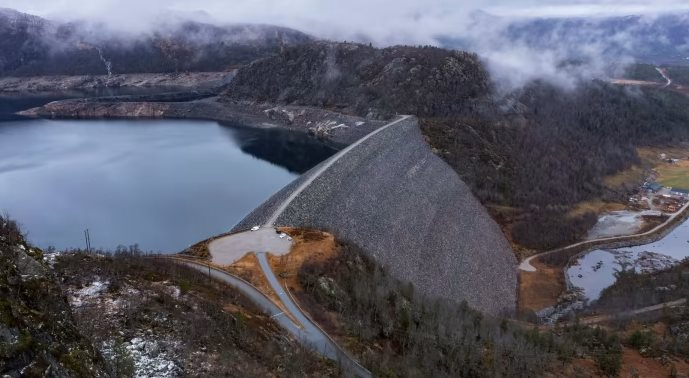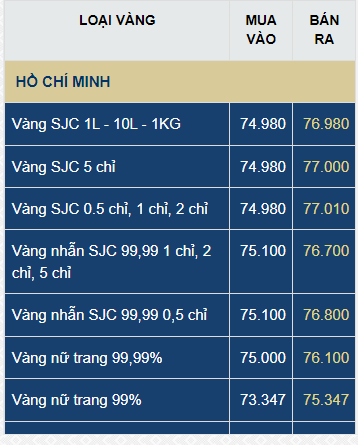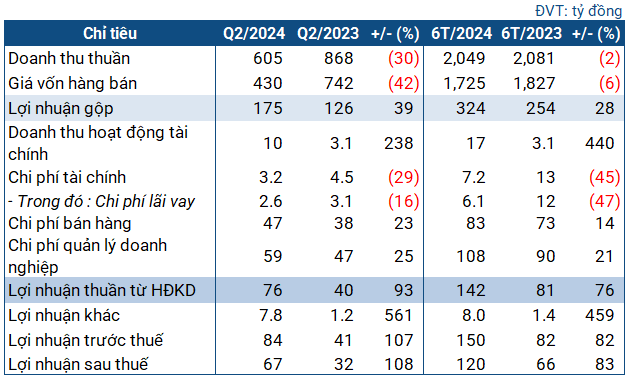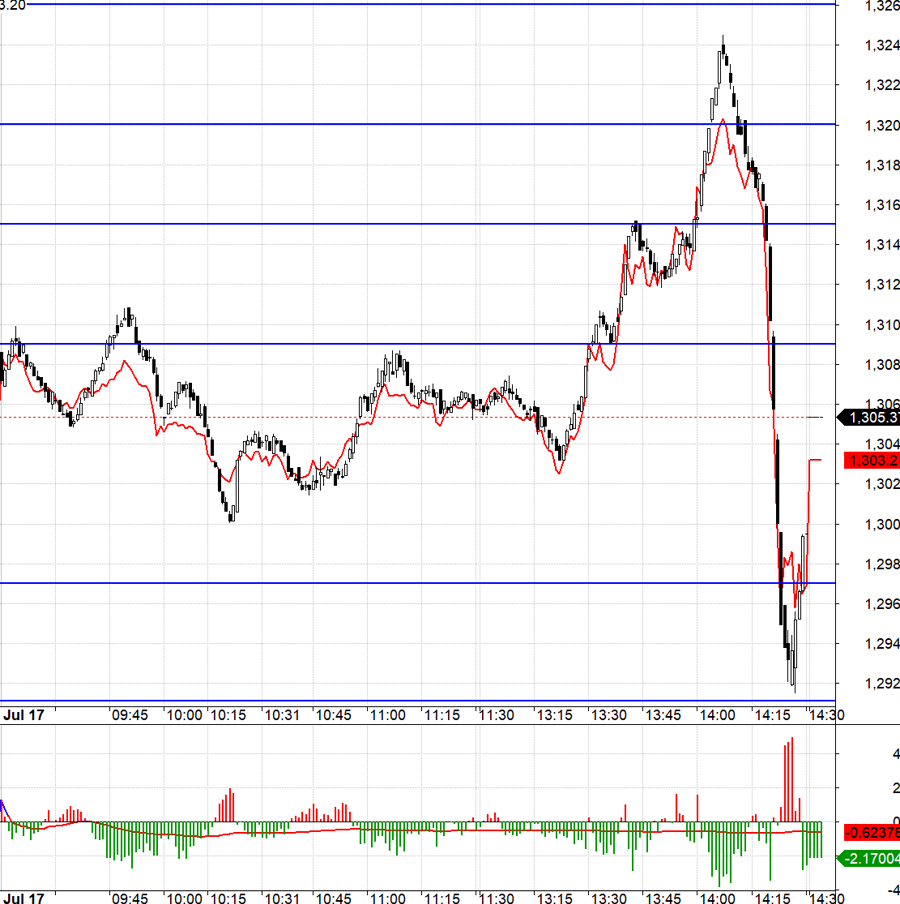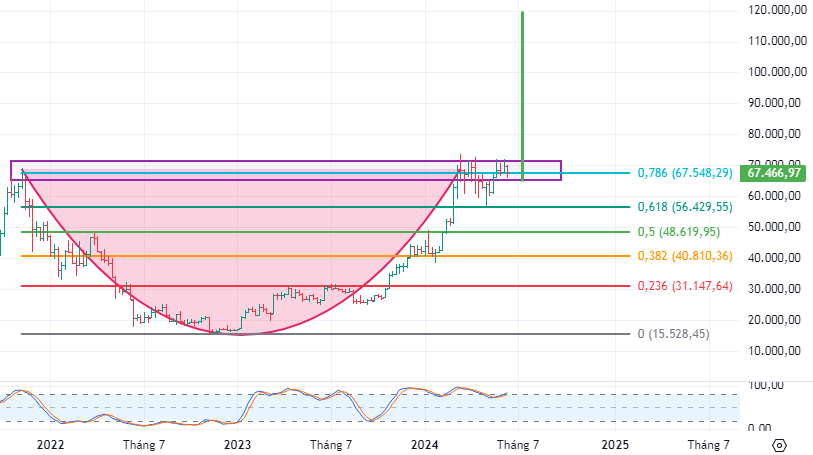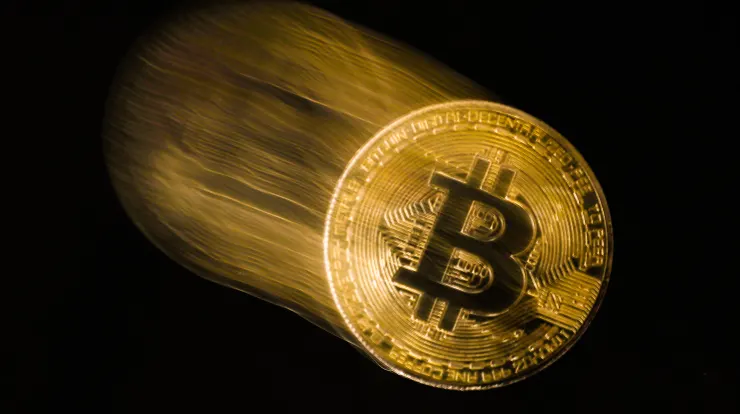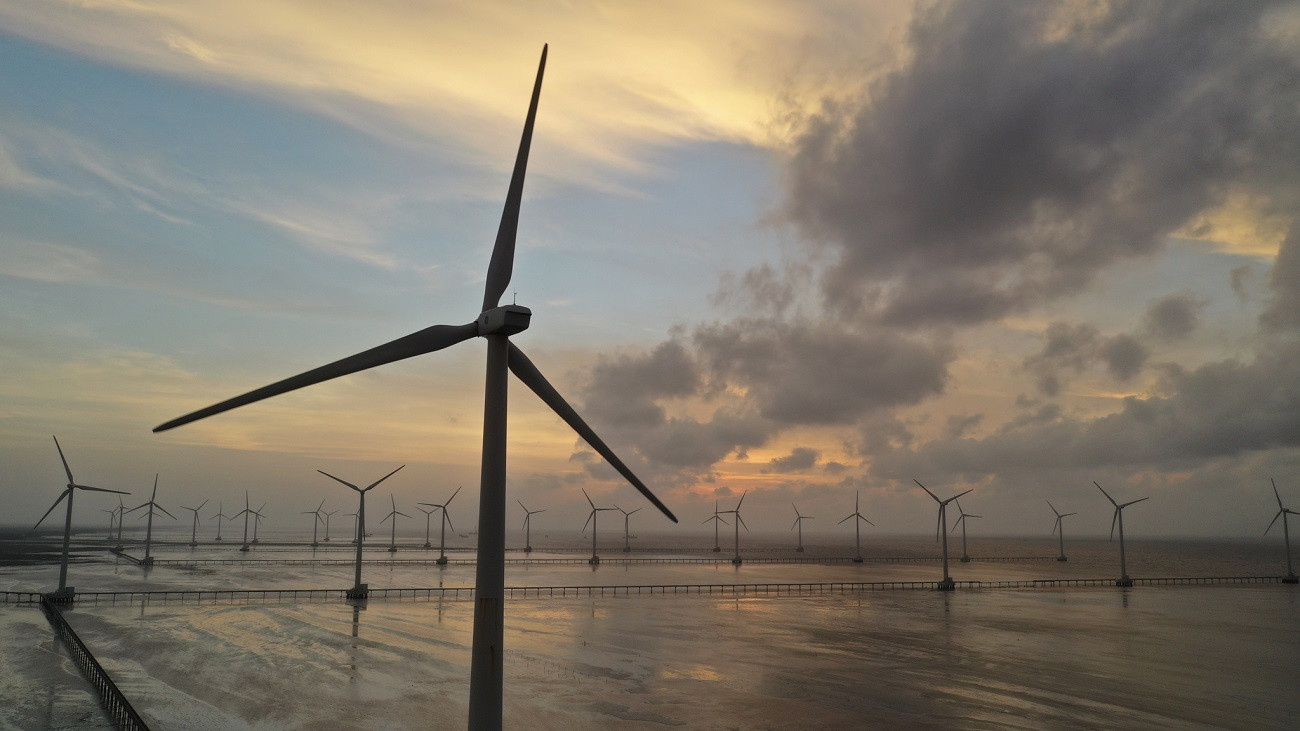Power shortages still a concern, measures being taken to cope
The Ministry of Industry and Trade has just submitted its 5th proposal to the Prime Minister to issue a plan to implement Power Plan 8.
To meet the electricity demand, according to the forecast of Power Plan 8, from 2023 to 2025, about 19,000 MW of new electricity sources need to be put into operation.
The main sources include 6,100 MW of thermal power (coal, gas), 4,300 MW of hydropower, 4,400 MW of onshore wind power, and about 1,900 MW of imported electricity from Laos.

Progress of power projects remains uncertain. Illustrative photo: Hoang Ha |
According to data from localities, by 2025, 4 thermal power projects with a capacity of 4,670 MW (An Khanh, Hiep Phuoc Phase 1, Nhon Trach 3,4, Vung Ang 2) will be put into operation, along with 176 hydropower projects with a capacity of 2,948 MW, and 165 onshore wind power projects with a capacity of 13,919 MW. The total capacity of these projects is about 21,537 MW.
“If the power projects are implemented as planned above, the power supply will meet the demand,” the Ministry of Industry and Trade estimated.
However, the ministry believes that there are still many risks of delays, especially for thermal power and onshore wind power projects.
To minimize the risks in electricity supply by 2025, the Ministry of Industry and Trade believes that sufficient resources should be mobilized, and the management and operation methods should be improved to put the 500kV transmission line connecting North Central and North regions (Quang Trach – Quynh Luu – Thanh Hoa – Nam Dinh) into operation before 2025. This transmission line will contribute to increasing transmission capacity from the Central to the North and timely releasing the capacity of large power sources such as Vung Ang 1 and 2 thermal power plants, Quang Trach 1 thermal power plant to supply electricity to the North region.
In addition, the ministry also calculates the need to increase electricity imports from neighboring countries. First, negotiation to increase the electricity purchase volume from China to 3.5 billion kWh through existing 220 kV transmission lines from Lao Cai and Ha Giang can be conducted. When conditions are favorable, the ministry will consider implementing the solution of purchasing electricity from China through a Back-To-Back system with a capacity of about 2,000 MW and an output of about 9 billion kWh/year.
Regarding electricity imports from Laos, it is necessary to find a solution to import the Nâm Ou power source before 2025. After 2025, additional potential power sources in Laos need to be imported to the North region.
To ensure the deployment of electricity sources, especially renewable energy sources, the Ministry of Industry and Trade believes that it is necessary to regularly supervise and ensure the progress of basic electricity sources such as Vung Ang 2 thermal power plant, Hiep Phuoc, Nhon Trach 3,4, An Khanh…; create conditions to promote the development of renewable energy sources (wind power, solar power) in each region, especially in central load centers, areas with the risk of power shortage (Northern region).
“Considering the development of rooftop solar power as a priority solution to ensure electricity supply security. There will be an annual evaluation of the effectiveness in developing rooftop solar power to make appropriate adjustments,” the Ministry of Industry and Trade expressed.
Offshore wind power still at a standstill
Regarding offshore wind power, the Ministry of Industry and Trade believes that the cooperation between EVN and domestic businesses in implementing offshore wind power is facing many difficulties.
Firstly, the legal corridor for the development of offshore wind power is still unclear (National Marine Spatial Planning has not been approved, no basis for determining the management scope of the sea).
Secondly, investment laws do not yet stipulate the authority to decide investment decisions for offshore wind power.
Therefore, the Ministry of Industry and Trade confirms that there is no legal basis to assign EVN and domestic businesses to implement offshore wind power projects.
In the proposal to build the amended Electricity Law, the Ministry of Industry and Trade has proposed amendments to the Investment Law to stipulate the authority to decide investment decisions for offshore wind power projects.
In the meantime, the Ministry of Industry and Trade proposes that the Prime Minister assign EVN and domestic businesses to research and survey the conditions for offshore wind power development, and be ready to implement when there is enough legal basis for the competent authorities to assign investors.
Luong Bang



